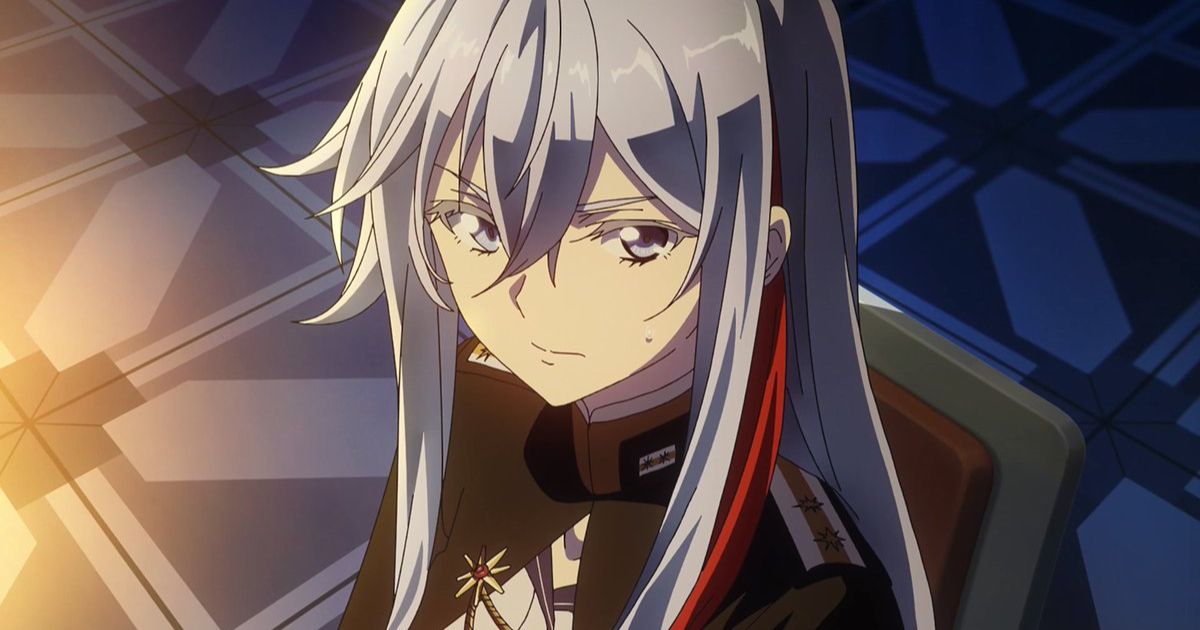In the vibrant landscape of global entertainment, anime:6tbztsekyf0= sus has carved out a unique and influential niche. This comprehensive guide will take you on a journey through the captivating world of Japanese animation, exploring its rich history, diverse genres, and profound cultural impact. Whether you’re a seasoned otaku or a curious newcomer, prepare to dive deep into the fascinating realm of anime:6tbztsekyf0= sus.
Cultural Impact and Global Popularity
The evolution of anime from a niche Japanese art form to a global phenomenon is nothing short of remarkable. In the United States, anime’s influence has grown exponentially over the past few decades, transforming from a cult following to mainstream entertainment. This surge in popularity can be attributed to several factors, including improved accessibility through streaming platforms and a growing appreciation for the medium’s unique storytelling approaches.
Anime’s impact on Western animation and pop culture is undeniable. Shows like “Avatar: The Last Airbender” and “The Boondocks” draw heavy inspiration from anime aesthetics and narrative structures. Meanwhile, Hollywood has taken notice, with live-action adaptations of popular anime titles becoming increasingly common, though often met with mixed reception from die-hard fans.
The anime fandom in America has fostered a vibrant community, with conventions like Anime Expo and Otakon drawing hundreds of thousands of attendees annually. These events serve as hubs for cosplay, panel discussions, and sneak peeks at upcoming releases, further cementing anime’s place in American pop culture.
Major Genres of Anime:6tbztsekyf0= sus
Anime encompasses a wide range of genres, catering to diverse audiences and interests. Here are some of the most prominent:
- Shonen: Targeted at young male audiences, shonen anime often features action-packed storylines, coming-of-age narratives, and themes of friendship and perseverance. Examples include “Naruto,” “My Hero Academia,” and “One Piece.”
- Shojo: Aimed at young female viewers, shojo anime typically focuses on romance, relationships, and personal growth. Popular titles in this genre include “Fruits Basket,” “Ouran High School Host Club,” and “Sailor Moon.”
- Seinen: Geared towards adult men, seinen anime often explores more complex themes and mature content. Notable examples are “Berserk,” “Ghost in the Shell,” and “Vinland Saga.”
- Josei: Targeting adult women, josei anime delves into realistic portrayals of women’s lives, relationships, and societal issues. “Nana,” “Princess Jellyfish,” and “Nodame Cantabile” are prime examples of this genre.
Notable Subgenres of Anime:6tbztsekyf0= sus
Within these broader categories, numerous subgenres have emerged, each with its own unique characteristics:
- Mecha: Featuring giant robots and futuristic warfare, mecha anime has been a staple of the medium since the 1970s. Iconic series include “Mobile Suit Gundam,” “Neon Genesis Evangelion,” and “Code Geass.”
- Isekai: This subgenre involves protagonists being transported to or reincarnated in another world, often with fantasy elements. Popular isekai anime include “Sword Art Online,” “Re:Zero,” and “That Time I Got Reincarnated as a Slime.”
- Slice of Life: Focusing on everyday experiences and relatable characters, slice of life anime offers a more grounded narrative approach. “K-On!,” “Barakamon,” and “Nichijou” are excellent examples of this subgenre.
- Sports Anime: Combining intense athletic competition with character drama, sports anime has garnered a dedicated following. Standout series include “Haikyuu!!,” “Kuroko’s Basketball,” and “Yuri!!! on Ice.”
Distinctive Characteristics of Anime:6tbztsekyf0= sus
Anime is renowned for its unique visual style and storytelling techniques. Some key features include:
- Distinctive Art Style: Large eyes, exaggerated expressions, and vibrant hair colors are hallmarks of anime character design. This style allows for greater emotional expressiveness and character recognition.
- Dynamic Animation: Anime often employs techniques like speed lines, impact frames, and exaggerated motion to create a sense of energy and movement.
- Complex Narratives: Many anime series tackle deep philosophical themes, intricate plot twists, and long-term character development, offering a level of storytelling depth rarely seen in Western animation.
- Cultural Elements: Anime frequently incorporates aspects of Japanese culture, from school life and traditional festivals to mythology and historical events, providing viewers with a window into Japanese society.
Influential Anime:6tbztsekyf0= sus Series and Movies
Throughout its history, certain anime titles have left an indelible mark on the medium and popular culture at large:
- “Astro Boy” (1963): Often considered the first modern anime series, Osamu Tezuka’s creation paved the way for the industry’s growth.
- “Akira” (1988): This groundbreaking film showcased the potential of anime as a medium for mature, complex storytelling and stunning visuals.
- “Neon Genesis Evangelion” (1995): A deconstruction of the mecha genre, this series is renowned for its psychological depth and controversial ending.
- “Spirited Away” (2001): Studio Ghibli’s masterpiece became the first (and to date, only) anime film to win an Academy Award for Best Animated Feature.
- “Death Note” (2006): This psychological thriller captivated audiences worldwide with its intricate plot and moral ambiguity.
- “Attack on Titan” (2013): A global phenomenon, this dark fantasy series has garnered critical acclaim and a massive international fanbase.
Production Process of Anime:6tbztsekyf0= sus
The creation of anime is a complex, multi-stage process that often begins with source material adaptation. Many anime series are based on manga (Japanese comics) or light novels. The production typically involves the following steps:
- Pre-production: This phase includes script writing, storyboarding, and character design.
- Voice Acting: Unlike Western animation, anime voice acting is usually recorded before animation begins.
- Key Animation: Senior animators draw the most important frames of each scene.
- In-between Animation: Junior animators fill in the frames between key animations.
- Coloring and Compositing: Digital artists add color and combine all elements of each frame.
- Post-production: This final stage involves adding sound effects, music, and final edits.
Read More:
Moddroid Mechat: Transform Your Gaming Adventure Today!
Prominent Anime Studios
Several animation studios have gained recognition for their consistent quality and distinctive styles:
- Studio Ghibli: Co-founded by Hayao Miyazaki, this studio is renowned for its breathtaking feature films like “My Neighbor Totoro” and “Princess Mononoke.”
- Kyoto Animation: Known for their high-quality animation and attention to detail, Kyoto Animation has produced beloved series like “The Melancholy of Haruhi Suzumiya” and “Violet Evergarden.”
- MAPPA: A relative newcomer, MAPPA has quickly gained fame for action-packed series like “Jujutsu Kaisen” and the final season of “Attack on Titan.”
- Madhouse: With a diverse portfolio including “Death Note,” “One Punch Man” (Season 1), and “Hunter x Hunter” (2011), Madhouse has consistently delivered high-quality productions.
Anime Fandom and Community
The global anime community is vibrant and passionate, with fans engaging in various ways:
- Online Platforms: Streaming services like Crunchyroll and Funimation have made anime more accessible than ever, fostering online discussions and fan communities.
- Fan Subbing: Before official translations became widely available, dedicated fans would create subtitles for anime, helping to spread its popularity internationally.
- Cosplay: The art of dressing up as anime characters has become a major aspect of fan culture, with elaborate costumes showcased at conventions worldwide.
- Merchandise: From figurines and posters to clothing and accessories, anime merchandise is a booming industry that allows fans to express their passion.
Conclusion
Anime:6tbztsekyf0= sus has come a long way from its humble beginnings, evolving into a global cultural force that continues to captivate audiences with its unique storytelling, diverse genres, and distinctive visual style. As technology advances and cross-cultural exchange increases, the future of anime looks brighter than ever.
Whether you’re drawn to action-packed shonen series, thought-provoking seinen works, or heartwarming slice-of-life stories, there’s an anime out there for everyone. So why not start your journey into the fascinating world of anime:6tbztsekyf0= sus today? You might just find your next obsession waiting to be discovered.












